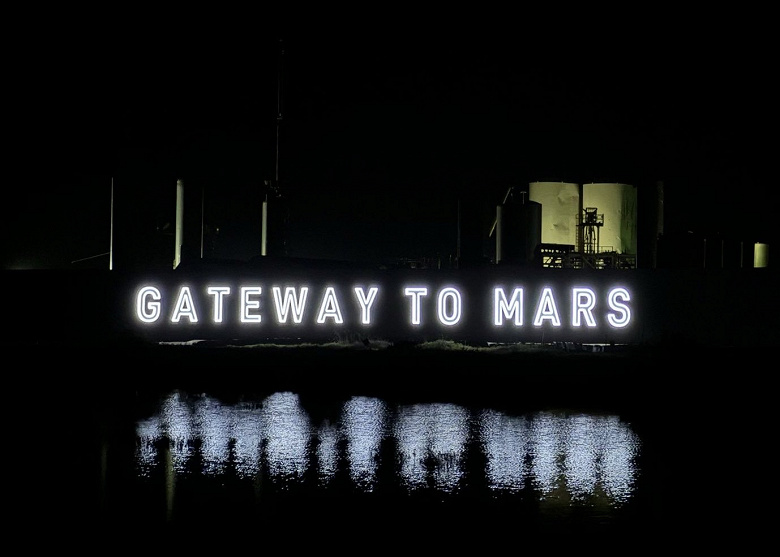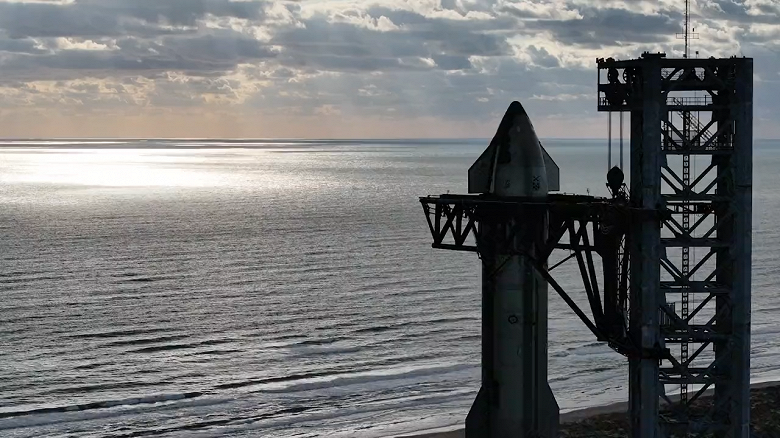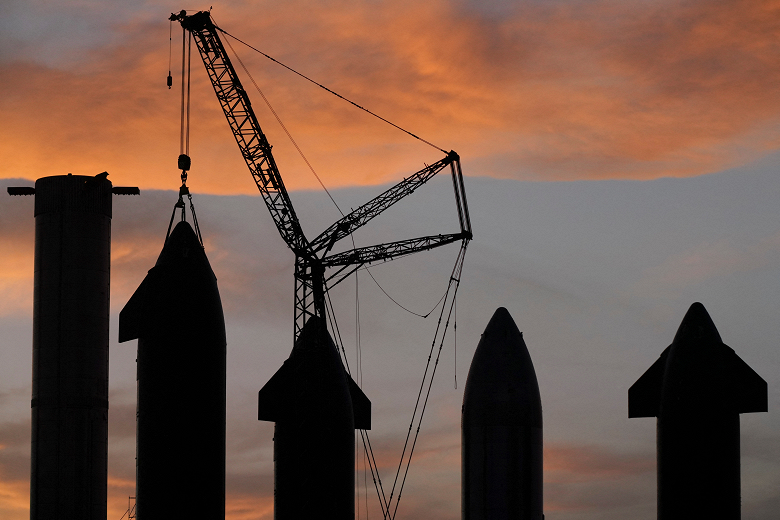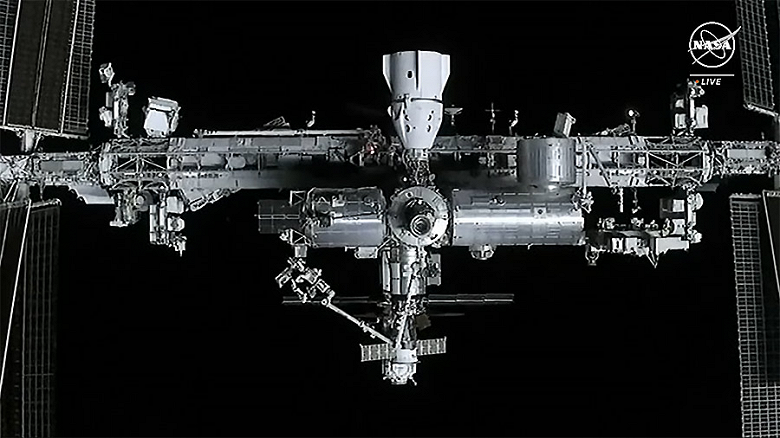SpaceX Launches Turkish Communications Satellite Turksat 5A And Successfully Returns First Stage Of Falcon 9
SpaceX is expected to kick off another busy year with launches by delivering a Turkish communications satellite into orbit on January 8. The Falcon 9 rocket with a height of 70 m was launched from the cosmodrome at Cape Canaveral at 5:15 Moscow time, approximately 45 minutes after the scheduled launch date for Turksat 5A launch into space.










